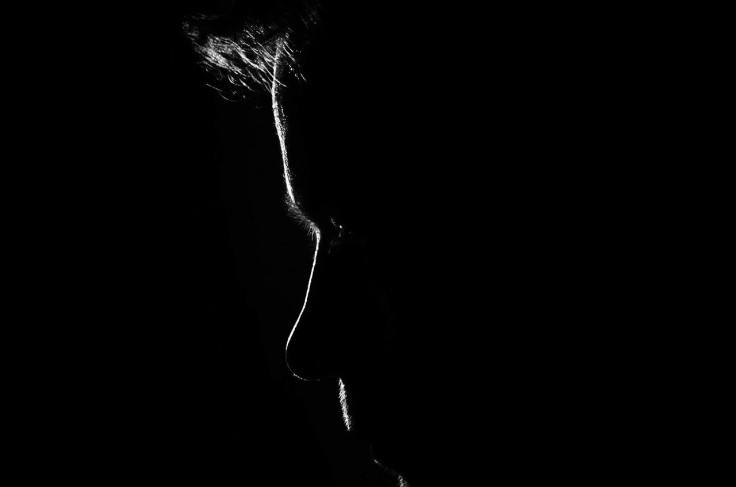Electric Patch For Post-Traumatic Stress Disorder Patients Prompts 30% Decrease In Symptoms

Millions of Americans live with the mental exhaustion of post-traumatic stress disorder (PTSD) months, or even years, after experiencing tragedy. However, a new study conducted by researchers from the University of California, Los Angeles, provides hope, as it found nerve-stimulating patches could help people with extreme PTSD recover while they sleep.
PTSD causes people to experience depression and anxiety for extended periods long after the trauma occurs, according to the Anxiety and Depression Association of America . People with the debilitating condition often reexperience the trauma through vivid flashbacks and nightmares, causing emotional numbness and the avoidance of places, people, and activities that are reminiscent of the trauma. People with PTSD also tend to be jumpy and easily irritated, and have difficulty sleeping and concentrating.
"We're talking about patients for whom illness had almost become a way of life," said the study's senior author, Dr. Andrew Leuchter, a psychiatrist and a director at UCLA’s Institute for Neuroscience and Human Behavior, in a press release . "Most patients with PTSD do get some benefit from existing treatments, but the great majority still have symptoms and suffer for years from those symptoms."
PTSD treatments commonly include a form of psychotherapy called cognitive therapy, which involves talking about the trauma and recognizing ways in which the disorder has hindered a person’s life. Exposure therapy is another treatment in which the patient is taught coping skills (this can be done with or without antidepressants or antianxiety medications).
For the study, researchers used trigeminal nerve stimulation (TNS) on participants as they slept each night for eight hours. The non-invasive patch was attached to their foreheads, where it sent low-level waves of electricity to cranial nerves throughout the parts of the brain that regulate mood, behavior, and cognition — the same areas prior research has proven affects the brains of PTSD sufferers most. Participants were already being treated with psychotherapy, medication , or both, but the TNS treatment was the only approach strong enough to decrease their PTSD symptoms — by about 30 percent. The severity of their depression , meanwhile, dropped by an average of about 50 percent.
The participants in the study had all been suffering from PTSD for an average of 30 years. And their traumas included rape, car accidents, and domestic abuse, among others. They also reported symptoms of depression , anxiety, irritability, hypervigilance, insomnia, and nightmares.
Thanks to TNS, the patients “were coming in and saying, 'For the first time in years I slept through the night,' or 'My nightmares are gone,’” Leuchter said. “The effect was extraordinarily powerful. This could be a breakthrough for patients who have not been helped adequately by existing treatments."
With confirmation this technique works, the researchers now expect to move on to the next stage of their research, which will involve military veterans — people who have an even greater risk of PTSD than the general population.
"The chance to have an impact on debilitating diseases with this elegant and simple technology is very satisfying," said lead author Dr. Ian Cook, director of the UCLA Depression Research and Clinic Program, in the press release. "PTSD is one of the invisible wounds of war. The scars are inside but they can be just as debilitating as visible scars. So it's tremendous to be working on a contribution that could improve the lives of so many brave and courageous people who have made sacrifices for the good of our country."
Source: Cook I and Leuchter A, et al. Neuromodulation: Technology at the Neural Interface . 2016.



























